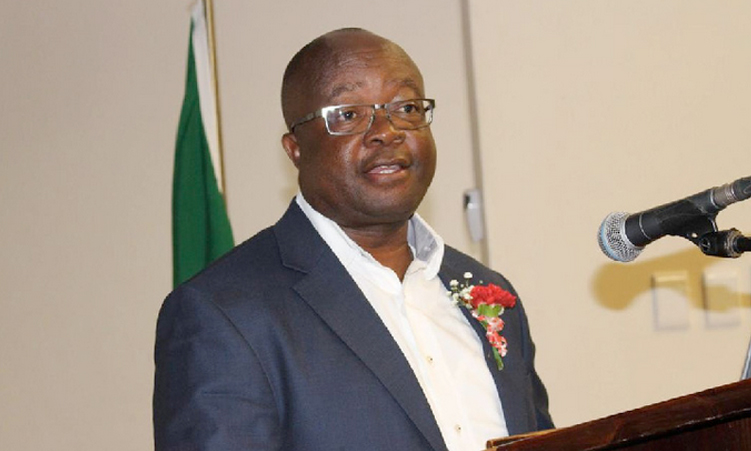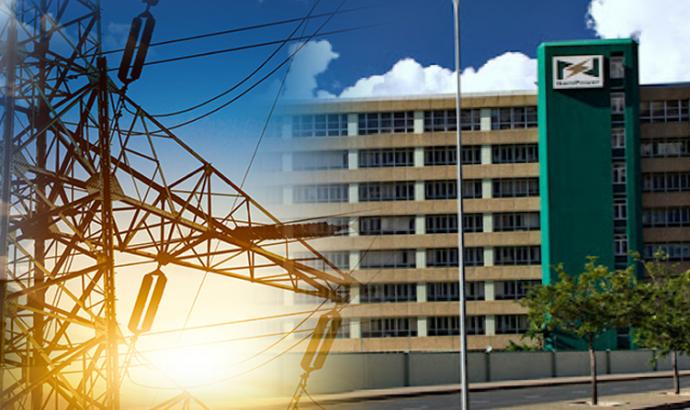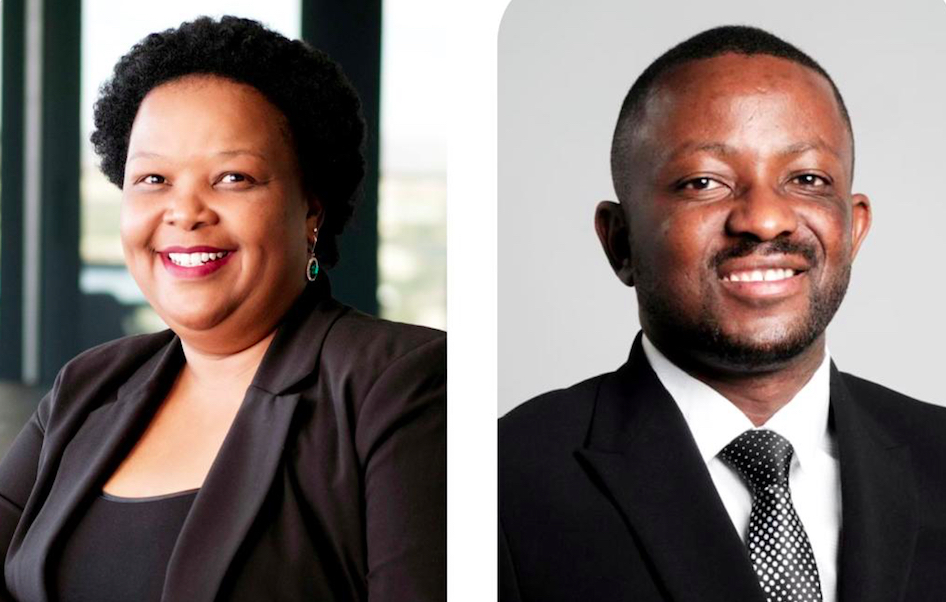Namibia is set to produce its first green hydrogen and ammonia in July at the Dâures Green Hydrogen Village, which is part of the three hydrogen projects undertaken by the country.
According to president Nangolo Mbumba, in a speech delivered by Obed Kandjoze, the chairperson of the Green Hydrogen Commision, the project is 80% complete.
This was announced at the Green Hydrogen Symposium held in Windhoek yesterday.
“The green hydrogen village is projected to generate an annual output of up to 100 tonnes of green ammonia, and will start producing green hydrogen and ammonia as early as in July,” the president said.
“The project concluded studies to develop green ammonia sulphate fertiliser and received interest from the World Food Programme and Agribusdev to procure locally produced green fertiliser,”
Mbumba said in its fourth phase the village has the capacity to manufacture and export up to 700 000 tonnes of green ammonia.
Speaking on the second green hydrogen project, Mbumba said Cleanergy Hydrogen Facility and Academy is a collaboration between global shipping giant CMB Tech and the Ohlthaver & List Group.
“The project aims to establish a one-of-a-kind hydrogen facility that directly harnesses self-generated solar energy to produce hydrogen, which is then publicly available at a refuelling station,” he said.
“All indications point to hydrogen production from this project, starting in the third quarter of this year,” Mbumba said.
He said the Hyrail project, which is the country’s third green hydrogen project, will be spearheaded by TransNamib, Hyphen Technical and CMB Tech, with the University of Namibia as an academic partner.
The president said the project’s main goal is to prove that hydrogen fuel cells is a viable option to power trains.
“The locomotive conversion is anticipated to commence in the latter part of the year, and initial timelines suggest it will be commissioned before the end of 2025,” Mbumba said.
Speaking at the same event, the deputy minister of higher education, technology and innovation, Natalia Goagoses, said the green hydrogen sector has provided many young people with opportunities through the Namibia Youth for Green Hydrogen scholarship programme, among others.
“The scholarship programme is a step towards preparing young people for the green hydrogen sector. It is open to Namibians between the ages of 18 and 35 years, and the first cohort of 49 master’s degree candidates will be going to Germany for their mobility training,” Goagoses said.
She said after a second callout for applications, 4 363 were received, which shows there is a growing interest in the green energy sector among young people.
Mbumba said there is a need for more representation from the Hardap and //Kharas regions as they were under-represented in both scholarship cohorts.
“It is therefore necessary to make deliberate efforts to ensure these two regions are sufficiently represented,” he said.
Anna Shiweda, the deputy minister of agriculture, water and land reform, said Namibia should take advantage of the opportunity as the world moves towards greener forms of energy.
“The only way to limit global warming to not more than 1,5°C, is by considering green hydrogen as a clean energy solution,” she said.
She said Namibia cannot achieve its green energy goals in isolation, but would need to collaborate.
“We cannot achieve our hydrogen ambitions in isolation. International and regional collaboration will be the key in the development of our shared hydrogen economy and action plans that will set a standard for the success and realisation of green hydrogen production potential,” Shiweda said.
Stay informed with The Namibian – your source for credible journalism. Get in-depth reporting and opinions for
only N$85 a month. Invest in journalism, invest in democracy –
Subscribe Now!






